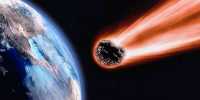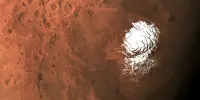The region around the sun where the solar wind applies its energy is known as the heliosphere but the name is misleading. We have known for a long time that its shape is not round, but it took us longer to reveal its true form. Now, the boundaries of the heliosphere have been mapped for the first time, with insights into the forces that make our bubbles float from force. The solar wind gradually loses energy as it pushes outwards from the sun, eventually becoming unable to overcome even the weakest winds in the interstellar space. Where it occurs is called heliopause and its inner region is known as the heliosphere.

Both Voyager spacecraft have passed the heliopause, leaving their position behind in the direction they left the solar system. However, sending probes to additional system missions sufficient to create detailed maps would be slow and costly to prevent. A quick procedure has been described in the Astrophysical Journal. Dr Dan Reisenfeld of Los Alamos National Laboratory said in a statement, “Just as bats send golden pulses in every direction and use the return signal to create mental maps around them, we use the sun’s solar wind to map the heliosphere, going in all directions.”
Gold certainly depends on the return signal. In this case, it is known as the Energetic Neutral Atom (ENA) produced by the collision of hydrogen and oxygen atoms with the particles of solar and interstellar air. As its name suggests, NASA’s Interstellar Boundary Explorer (IBX) satellite was built with one skill in mind: to detect ENAS and to identify the direction in which they come from. IBX examines seven by-seven pieces of the sky every six months.
Changes in solar activity produce an uneven solar wind, which in turn shows the number of ENAs detected by IBX. Heliopases take two to six years to reach, and ENAs can return to the IBEX space and move beyond the Earth’s magnetic field. The longer the delay, the more heliopause must occur in the direction in which the ENAs are coming from.















